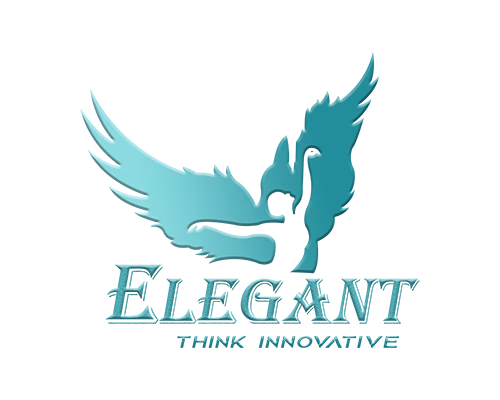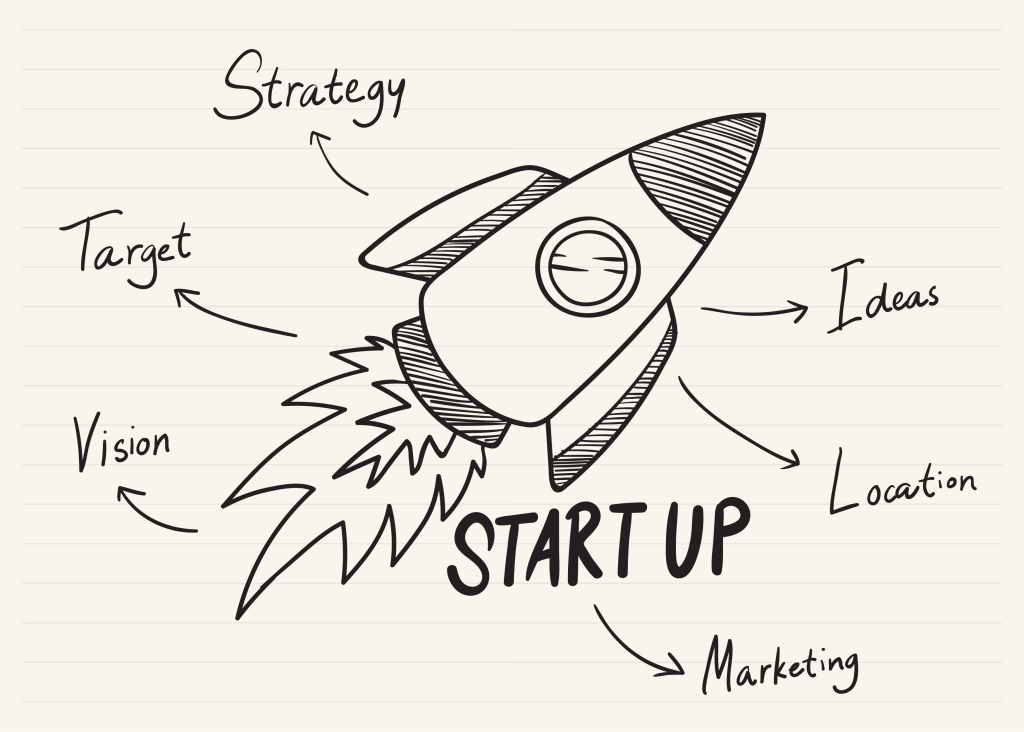Why Your Website is the Most Powerful Digital Marketing Tool for Your Business
Why Your Website is the Most Powerful Digital Marketing Tool for Your Business
In the digital age, a business’s online presence is critical to success. While social media, email marketing, and paid advertising all play significant roles in digital marketing, your website remains the most powerful tool at your disposal. It acts as your digital storefront, a lead generation machine, and a brand ambassador, all rolled into one. Here’s why your website is the most essential digital marketing tool for your business.

Your Website is the Centre of Your Online Presence
Your website serves as the hub for all your digital marketing activities. Whether you run social media campaigns, email marketing, or pay-per-click (PPC) ads, all roads lead back to your website. It’s where potential customers go to learn more about your brand, products, and services. Without a well-structured and optimised website, your marketing efforts risk being disjointed and ineffective.
It Establishes Credibility and Trust
A professionally designed website gives your business credibility. Customers today expect businesses to have a well-maintained website where they can access information easily. A website with clear branding, quality content, and user-friendly navigation establishes trust and reassures potential clients that your business is legitimate and professional.
24/7 Availability and Global Reach
Unlike a physical store, which operates during set hours, your website is available to customers 24/7. This means potential clients can access your products or services at any time, from anywhere in the world. With the right SEO strategies, your website can attract organic traffic and reach a global audience without ongoing advertising costs.
Lead Generation and Conversion
Your website is an essential tool for generating and converting leads. By implementing features such as contact forms, email subscriptions, and e-commerce functionalities, you can capture customer information and nurture potential buyers through automated email sequences, retargeting strategies, and personalised content.
Cost Effective Marketing
Traditional marketing channels such as TV, radio, and print advertising can be expensive and often provide limited targeting options. A website, however, offers cost-effective digital marketing solutions such as search engine optimisation (SEO), content marketing, and social media integration. These methods allow businesses to reach the right audience at a fraction of the cost of traditional advertising.
Enhancing Customer Experience
A well-designed website enhances the user experience by providing valuable content, easy navigation, and seamless interactions. Features such as chatbots, FAQs, and intuitive design elements improve engagement and customer satisfaction, increasing the likelihood of conversions.
Data Analytics and Performance Tracking
Your website allows you to track visitor behaviour, engagement rates, and conversion metrics using analytics tools such as Google Analytics. These insights help you refine your marketing strategies, optimise website content, and improve user experience to drive better results.
Strengthening Brand Identity
Your website is an extension of your brand. It allows you to showcase your unique brand identity through visuals, messaging, and storytelling. A well-designed website that aligns with your brand voice creates a memorable experience for visitors, encouraging brand loyalty and repeat business.
Integration with Other Digital Marketing Channels
Your website integrates seamlessly with other digital marketing tools, including social media, email marketing, and PPC campaigns. By incorporating features such as social sharing buttons, landing pages, and automated email responses, your website can amplify your marketing efforts and create a cohesive brand experience.
Competitive Advantage
In today’s competitive digital landscape, having a strong online presence is essential. A high-quality website with compelling content, fast loading speed, and mobile responsiveness can set you apart from competitors who may lack these features. Customers are more likely to choose businesses with a professional, informative, and user-friendly website.
Conclusion
Your website is more than just an online platform – it is the foundation of your digital marketing strategy. By investing in a well-optimised, user-friendly, and content-rich website, your business can generate leads, build credibility, and drive long-term success. Whether you are a small startup or an established enterprise, leveraging your website as a digital marketing powerhouse will help you stay ahead in the ever-evolving online marketplace.
Why Your Website is the Most Powerful Digital Marketing Tool for Your Business Read More »








